
· Linden Trees ·
The Linden (a.k.a. Basswood or Lime) is often planted as a shade or street tree because of its fairly rapid rate of growth, plentiful shade and fragrant flowers. In cities its fruit are eaten by squirrels, while in the country its fruit are eaten by chipmunks and other small rodents. White-tailed deer and cottontail rabbits eat the bark and sprouts during the winter. Old basswoods are very frequently hollow, making excellent nesting and den sites for many kinds of birds and mammals. The honey that bees make of Linden nectar is white in color, and regarded as high in quality. The flowers when gathered and dried can be used to make tea. During the flowering period, the people that manufacture perfumes use the heady scent for their products. more...
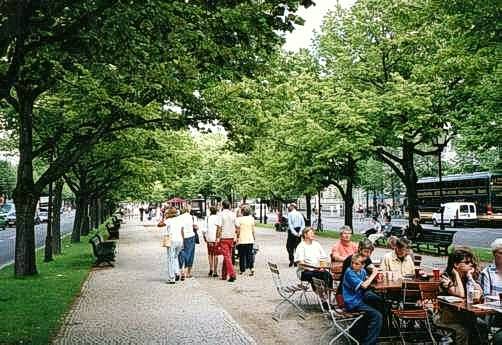
Unter den Linden (Berlin, Germany)
A boulevard of linden trees was planted from 1647 extending from the palace to the gates of the city by king Friedrich Wilhelm, who wanted to ride from his castle to his hunting park the Tiergarten with Baroque splendor. This stretch became the best known and grandest street in Berlin. It is said that Friedrich ordered the planting of long rows of Linden trees, which would serve to keep the route more shady and comfortable for his travels. That means his carriage ride would have him traveling 'unter den linden', literally, under the lindens. During the WWII, Hitler ordered the linden trees to be chopped down so that the road could be widened. | Photo by: Niko Lipsanen
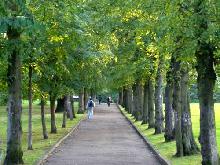
Alexandra Park (London, UK)
An avenue in the park lined with linden (lime) trees. | Photo by Salim Fadhley
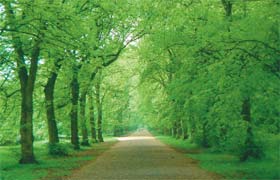
Alexandra Park (Whalley Range, Greater Manchester, UK)
Alexandra Park, measuring 60 acres and opened in 1868, had been designed with a raised terrace lined with a half mile long avenue of lime trees and was specifically intended for people to stroll along - this avenue still survives today. The Park was intended to promote a simple morale purpose - to keep families together in shared recreation. The reality, however, was probably more mundane - to dissuade men from spending their day of rest in alehouses. Despite this model to family unity, boys and girls were given separate play areas (for decency's sake). | Photo by Manchester City Council
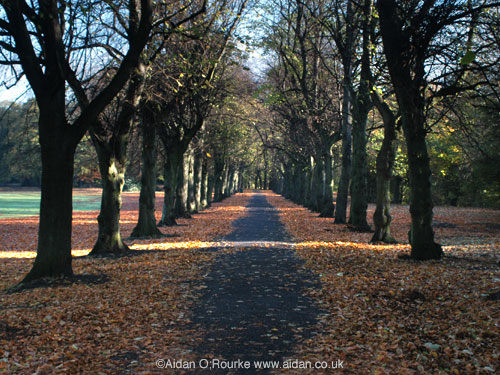
Birchfields Park (Rusholme, Greater Manchester, UK)
An important feature of the park is the lime tree avenue by the side of Gore Brook, which makes a delightful walk when in flower, distinguished by the heady scent of the green-yellow lime tree blossom. | Photo by Aidan Rourke
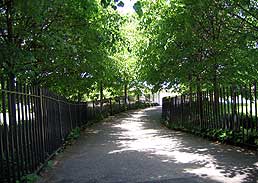
Linden Tree Allee (Narrows Botanical Gardens, Brooklyn, New York, USA)
The Tree Allee, a road or pathway lined with trees to create an alleyway, is a tradition that harkens back to Medieval Europe, to ancient Rome and beyond. Promenade through this alley of towering Linden trees, which, as they grow taller, will become a lush canopy overhead, leading you to the bay, and infusing the allee every June with the fragrance of their flowering blooms.
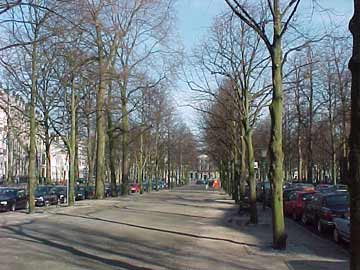
Lange Voorhout (The Hague, Netherlands)
Lange Voorhout, an L-shaped avenue, was originally part of the Earl area and in 1536 Emperor Charles V ordered linden trees to be planted along the avenue. Since the 16th century, the residences of court nobility and top government officials have been built here. | Photo & text by Dr. Brooks Green
© Yarmosh AG 2007